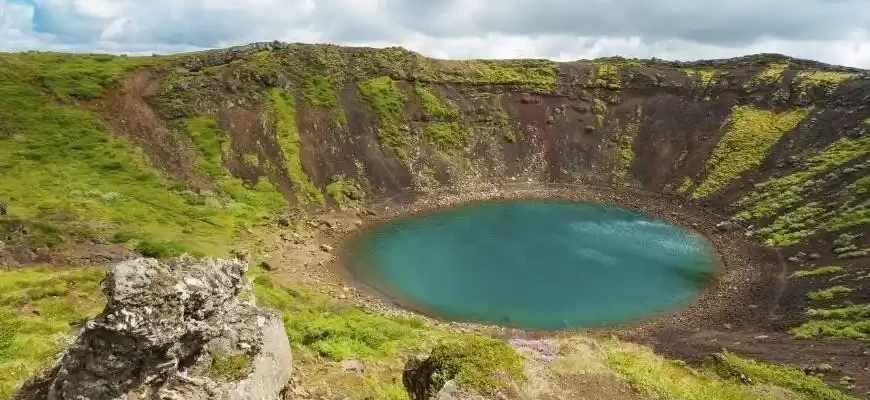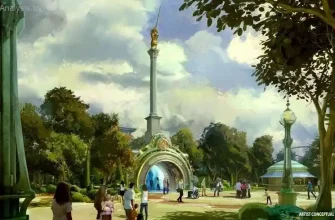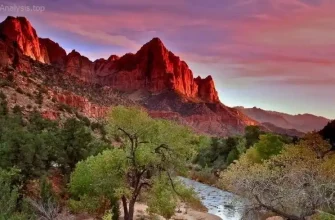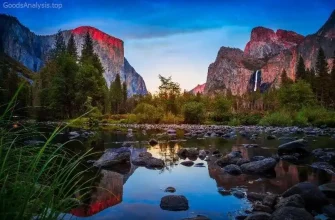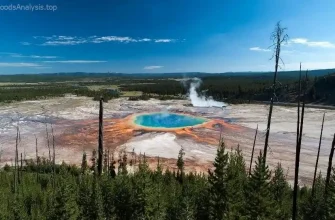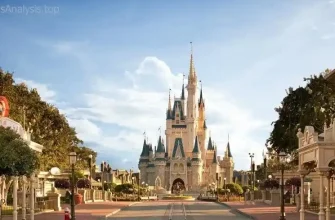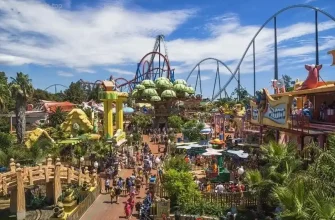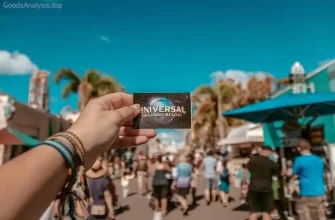Crater Lake National Park, nestled in southern Oregon, is one of the most breathtaking and unique national parks in the United States. Known for its striking blue waters, rich history, and dramatic landscape, Crater Lake offers visitors an unforgettable experience. Whether you’re a nature lover, an outdoor adventurer, or a family seeking a memorable vacation, this park has something special for everyone.
1. What Makes Crater Lake National Park Special?
Crater Lake’s most iconic feature is its stunningly blue, deep water, which sits in the caldera of an ancient volcano. It is the deepest lake in the United States and the ninth deepest in the world, plunging over 1,900 feet (580 meters) at its deepest point. The lake was formed around 7,700 years ago following the eruption and collapse of Mount Mazama. The clear, pristine water of Crater Lake comes from rain and snowmelt, with no incoming streams or rivers, contributing to its exceptional clarity.
Key attractions within Crater Lake National Park include:
- Crater Lake Rim Drive: A 33-mile scenic loop around the lake, offering panoramic views of the water, caldera cliffs, and surrounding landscapes. Several viewpoints along the drive provide fantastic photo opportunities.
- Wizard Island: A volcanic cinder cone located in the lake, which rises 763 feet above the water’s surface. Visitors can take boat tours to explore the island and even hike to the summit for spectacular views.
- Cleetwood Cove: The only place where visitors can access the lake directly, this steep trail takes you down to the lake for boat tours, fishing, or a swim in the cool waters (for the brave-hearted).
- Mount Scott: The highest point in the park at 5,404 feet, offering one of the best vantage points of the entire area.
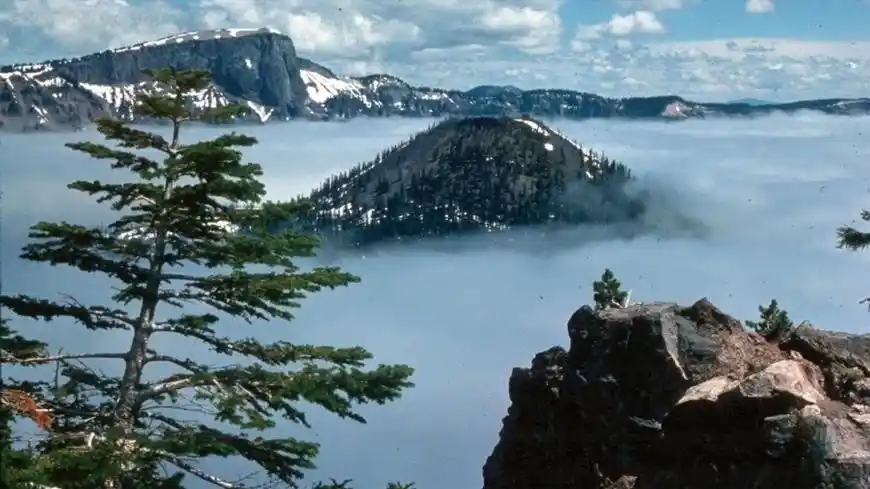
2. Visitor Tips & Practical Information
- Best Time to Visit: The ideal time to visit Crater Lake is between June and September, when the park’s full range of services are open and most of the snow has melted. However, the park is open year-round, and winter visitors can enjoy activities like cross-country skiing and snowshoeing, although some areas may be inaccessible due to snow.
- Opening Hours & Ticket Prices: Crater Lake National Park is open year-round, but services vary by season. The Rim Drive typically opens in mid-June and closes by late October due to snow.
- Entrance Fees:
- Private Vehicle: $30 (valid for seven days)
- Motorcycle: $25
- Pedestrian or Bicycle: $15
- Annual Pass: $55
- The park also offers an America the Beautiful Pass for $80, which provides access to all national parks for a year.
- Accessibility: Crater Lake is relatively accessible, with paved roads to most key points, but many of the park’s trails and scenic viewpoints involve elevation changes and can be strenuous. The Rim Drive is partially accessible to visitors with mobility impairments, and the park’s visitor center has accessible restrooms.
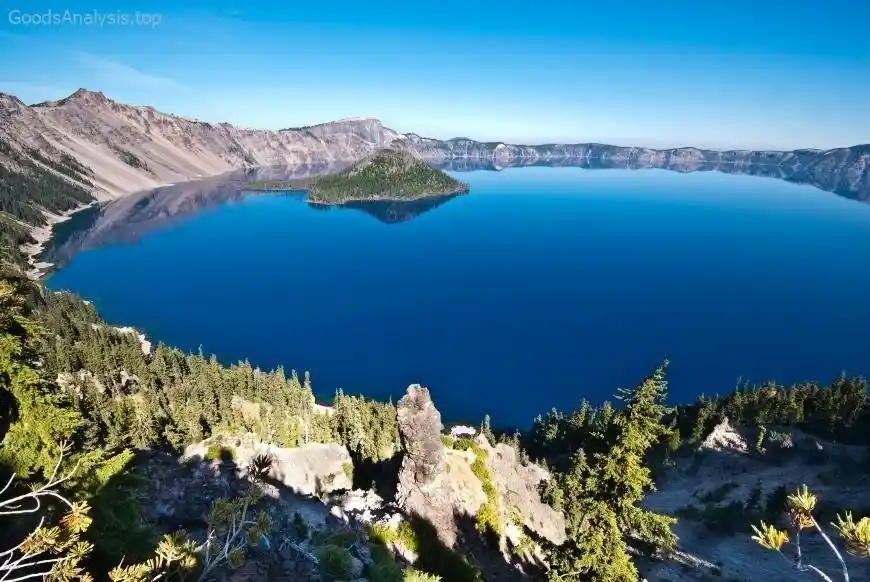
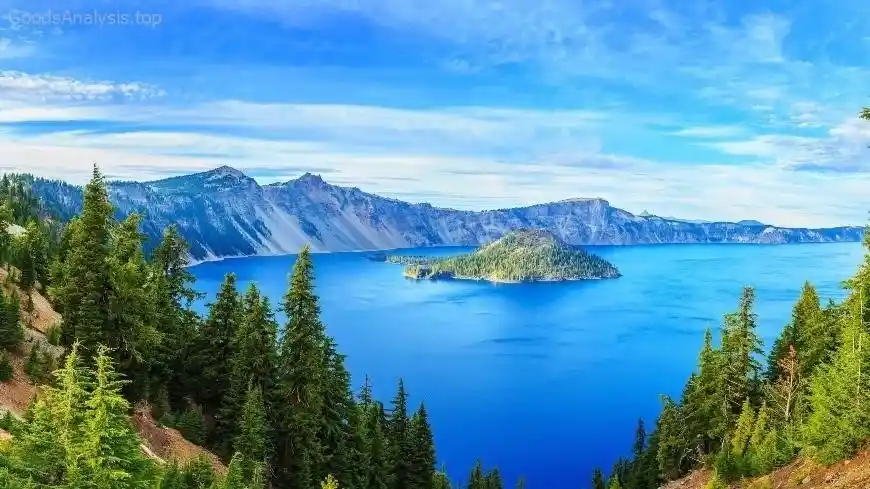
3. History and Cultural Significance
Crater Lake has a fascinating geological history. The lake was formed around 7,700 years ago after the eruption of Mount Mazama, which caused the mountain’s summit to collapse and fill with water over thousands of years. The result was the beautiful caldera we see today.
Historically, the area has deep cultural significance for the Klamath Tribes, who regard Crater Lake as a sacred site. According to their legends, Crater Lake was formed by a great battle between two spirits: Llao, the spirit of the underworld, and Skell, the spirit of the sky. The fight ended when Skell killed Llao and the water of Crater Lake formed to cover the body of the defeated spirit. The Klamath people continue to hold the lake in reverence today.
In 1902, Crater Lake became Oregon’s first national park, and it remains a symbol of the state’s natural beauty and geological history.
4. What to Expect When You Visit Crater Lake National Park
Crater Lake National Park offers a truly awe-inspiring experience. Upon arrival, you’ll be greeted with stunning views of the lake’s clear, blue waters, contrasting against the surrounding rugged cliffs. The ambiance is serene, with the sound of the wind rustling through the trees and the occasional bird call breaking the silence.
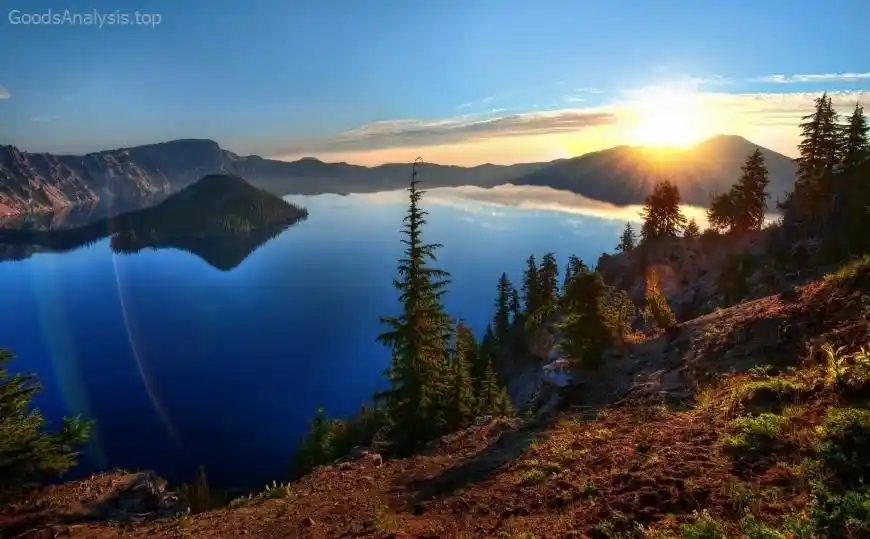
The park is a paradise for nature lovers, with an abundance of wildlife, including elk, deer, and diverse bird species. Keep an eye out for the park’s most famous residents, the peregrine falcons, which nest along the cliffs.
Visitors can enjoy several hiking trails with varying difficulty levels, from easy walks along the rim to more challenging treks down to Cleetwood Cove or up to the summit of Mount Scott. Whether you’re hiking, driving, or simply soaking in the beauty from one of the many scenic viewpoints, Crater Lake is a place where time seems to slow down.
5. Nearby Attractions and Dining Options
Crater Lake National Park is located in a relatively remote area, but there are several nearby attractions worth visiting:
- Rogue River-Siskiyou National Forest: Just a short drive from the park, this forest offers additional outdoor activities, including hiking, rafting, and camping.
- Collier Memorial State Park: Located to the north of Crater Lake, this park offers a glimpse into Oregon’s logging history with the Logging Museum and access to the Williamson River.
- Ashland: About 90 minutes south of the park, Ashland is home to the Oregon Shakespeare Festival, a world-renowned theater company offering performances year-round.
- Medford: A larger town with a variety of dining, shopping, and accommodation options, and the nearby Rogue River for rafting and outdoor adventures.
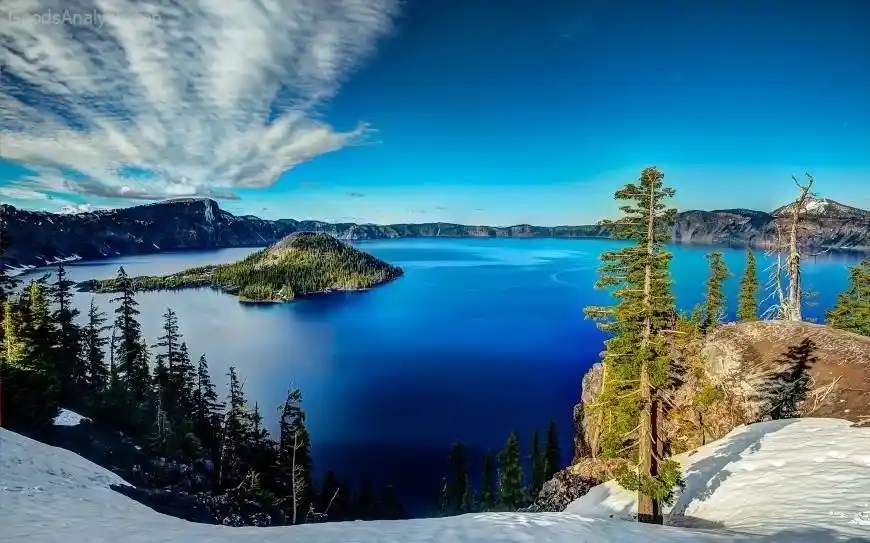
Dining Options:
- Crater Lake Lodge: The lodge offers a dining room with panoramic views of the lake, serving up a selection of local and seasonal dishes. Reservations are recommended, especially in peak season.
- Annie’s Café: Located in the nearby town of Prospect, this local gem serves breakfast, lunch, and dinner with a cozy, friendly atmosphere.
- The Prospect Hotel & Restaurant: Also in Prospect, this restaurant features classic American dishes and a full-service bar.
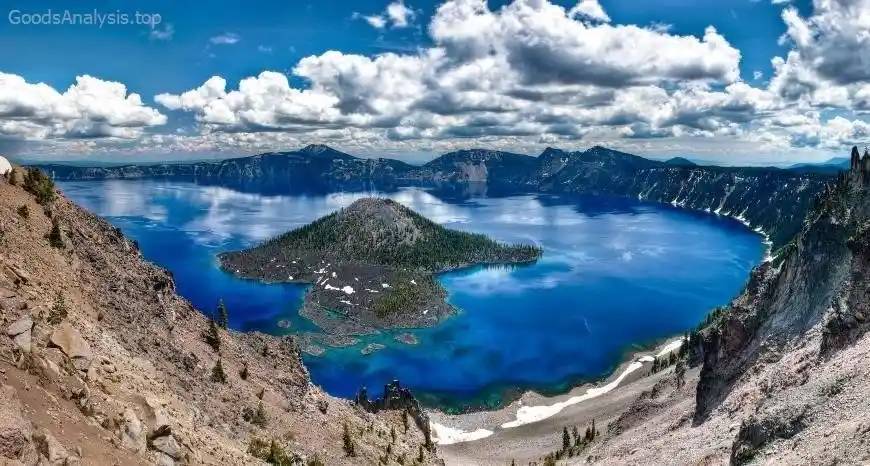
6. Family-Friendly and Group Travel Tips
Crater Lake is an excellent destination for families and groups. Here are some tips to make the most of your visit:
- Rim Drive: If you’re traveling with young children or a group, take advantage of the scenic drive. Several pullouts and viewpoints make it easy to stop, stretch your legs, and take in the views.
- Boat Tours: The boat tours on Crater Lake are popular with families, offering a unique perspective of the lake and Wizard Island. Children under 5 ride free, so it’s a great option for younger visitors.
- Junior Ranger Program: The park offers a Junior Ranger program for children, providing fun and educational activities to help them learn about the park’s history, wildlife, and geology.
- Group Hikes: If you’re visiting with a group, consider the easier hikes like the Pinnacles Trail or the Discovery Point Trail, which are both short and rewarding.
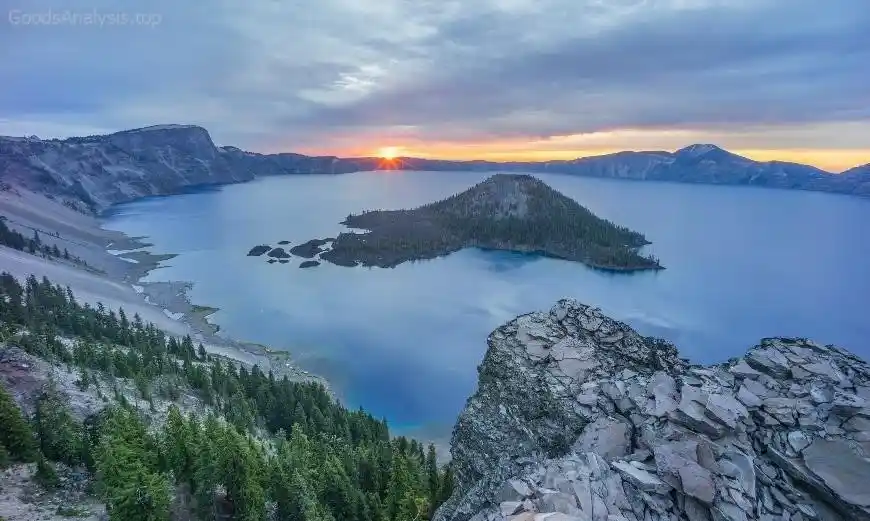
7. Instagrammable Moments and Photo Opportunities
Crater Lake is full of breathtaking photo opportunities. Some of the best spots for your Instagram feed include:
- Watchman Overlook: One of the most popular viewpoints along Rim Drive, offering sweeping views of the lake and Wizard Island.
- Rim Drive Sunrise: Early morning provides soft light and fewer crowds, making it the perfect time to capture the lake in all its glory.
- Cleetwood Cove: After descending the Cleetwood Cove Trail, the blue waters at the base of the caldera provide a striking contrast to the surrounding green forest.
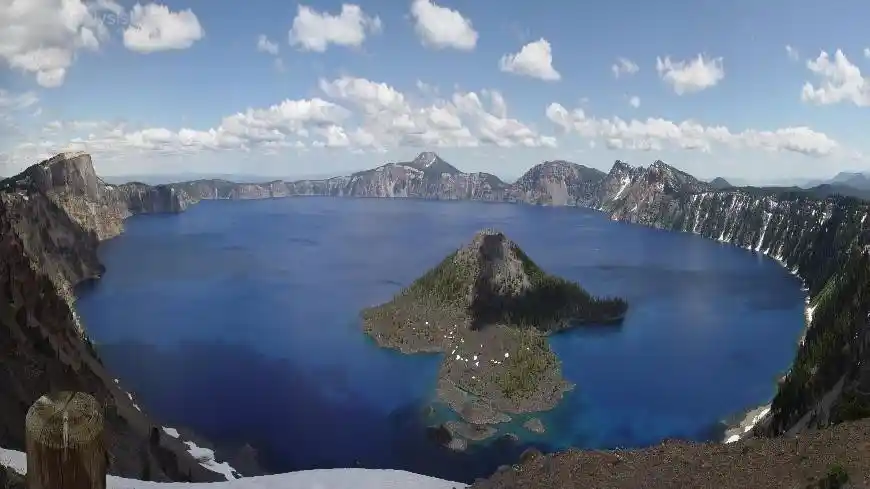
8. Travel Tips and Transportation
- How to Get There: Crater Lake National Park is about 60 miles from Medford, Oregon, and can be reached by car via Highway 62. If you’re flying in, the nearest major airport is Rogue Valley International Airport (MFR) in Medford. You can also drive to the park from Eugene (about 2.5 hours) or Portland (about 4 hours).
- Transportation within the Park: While the park has some shuttle services during peak months, the best way to get around the park is by car. The Rim Drive is accessible by car and provides access to most of the major viewpoints and hiking trails.
9. Safety and Etiquette Tips
- Safety: Always stay on designated trails and be cautious when hiking, especially in areas with steep cliffs. The weather can change quickly, so bring layers and be prepared for sudden changes.
- Wildlife: While the wildlife in the park is beautiful, keep a safe distance. Do not feed the animals, and be aware that they can be unpredictable.
- Leave No Trace: As with any national park, practice Leave No Trace principles to protect the natural beauty of Crater Lake. Pack out all trash and avoid disturbing wildlife.

